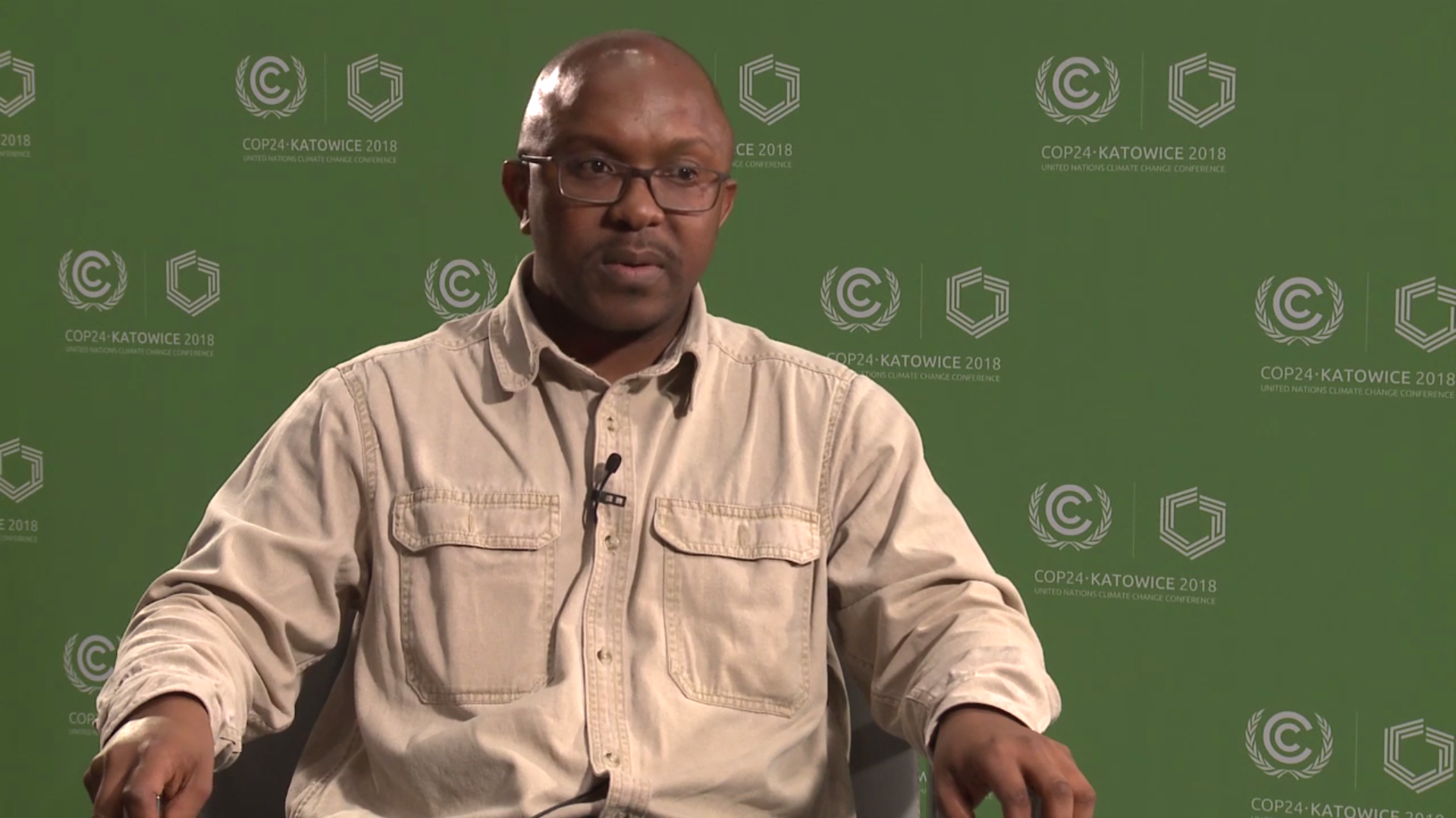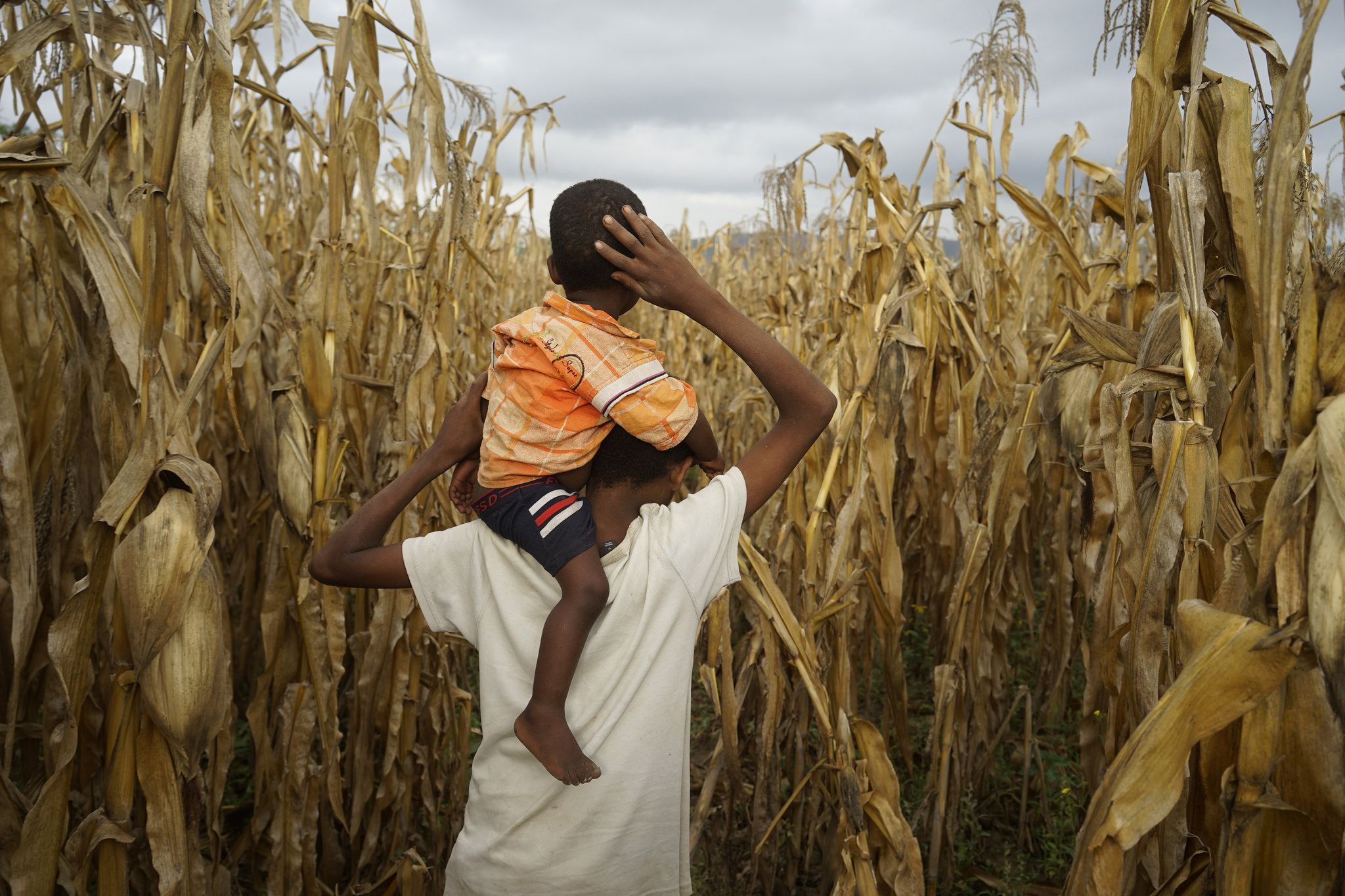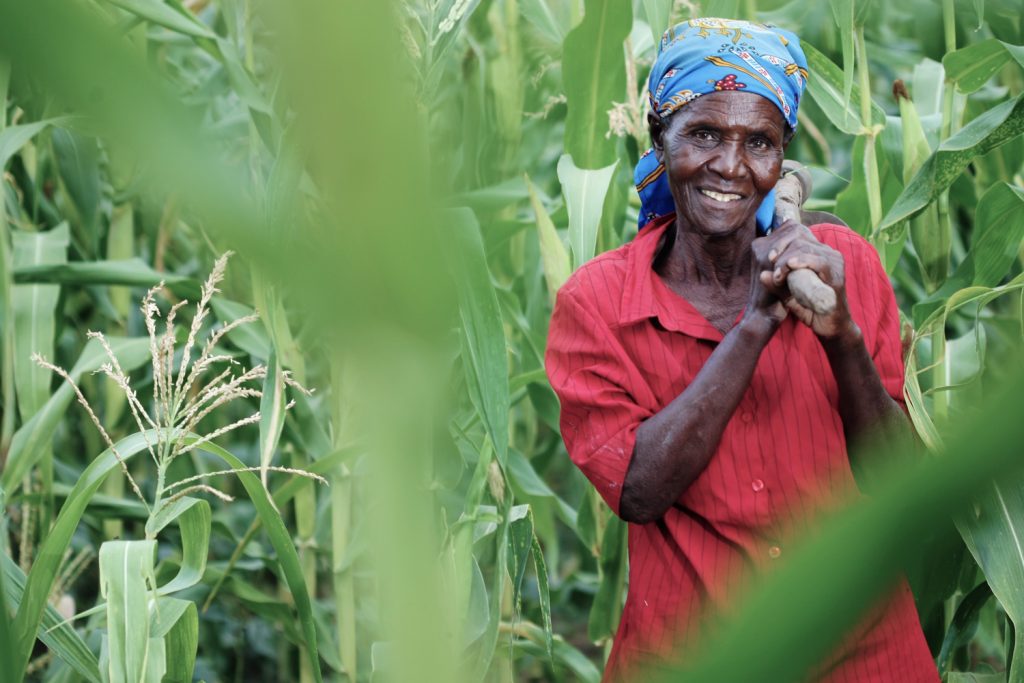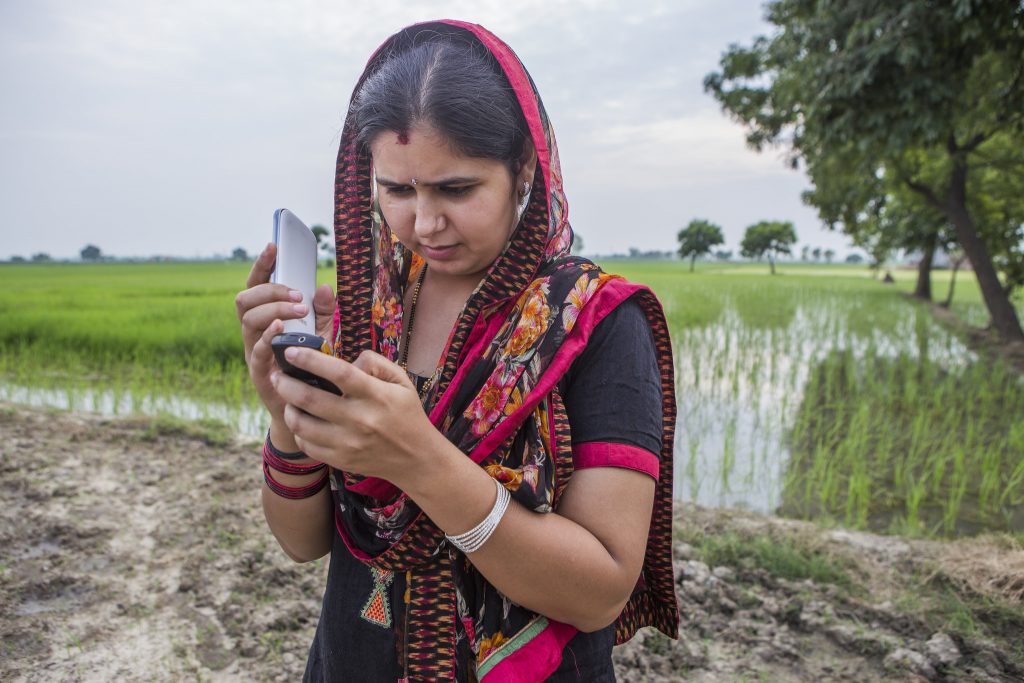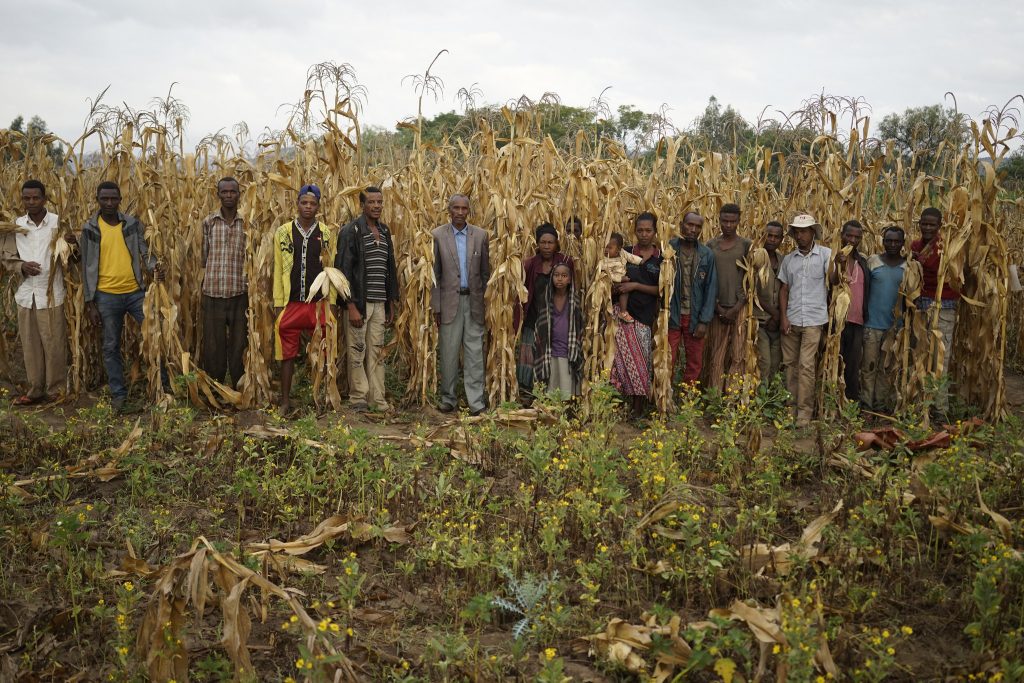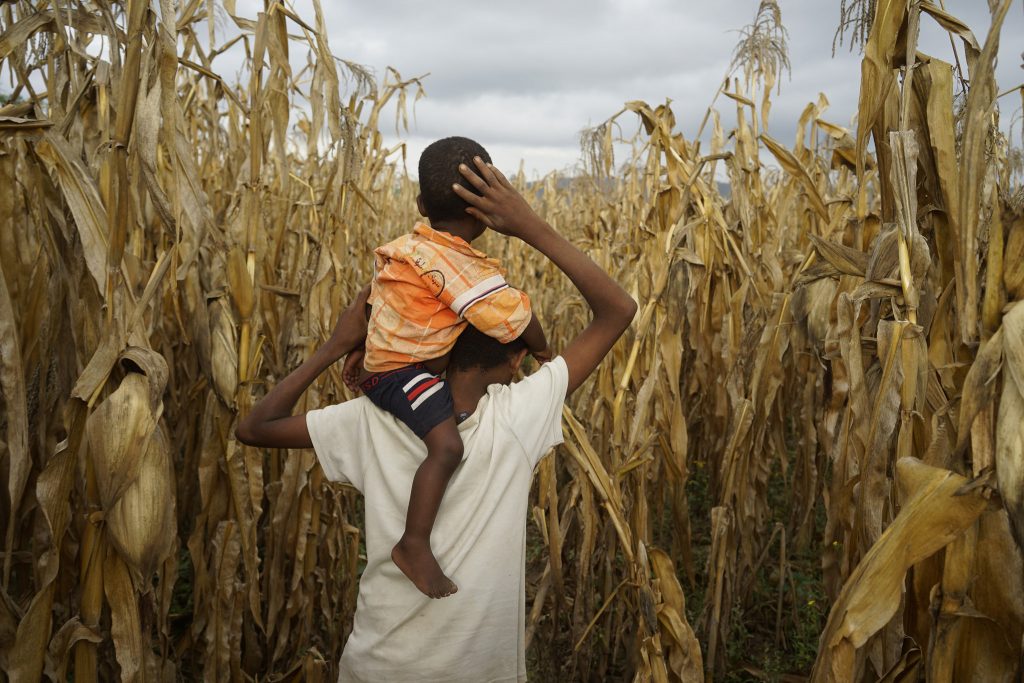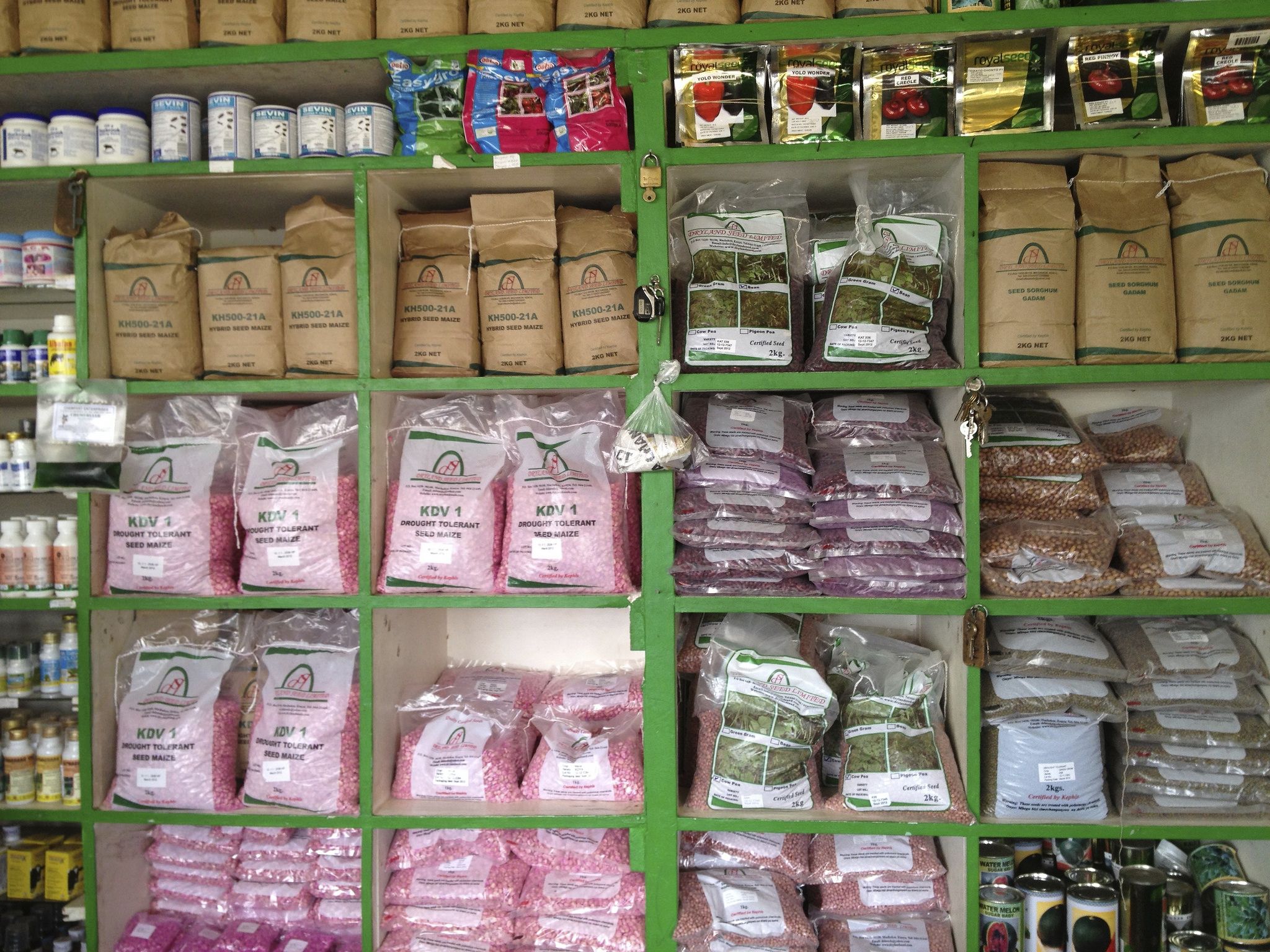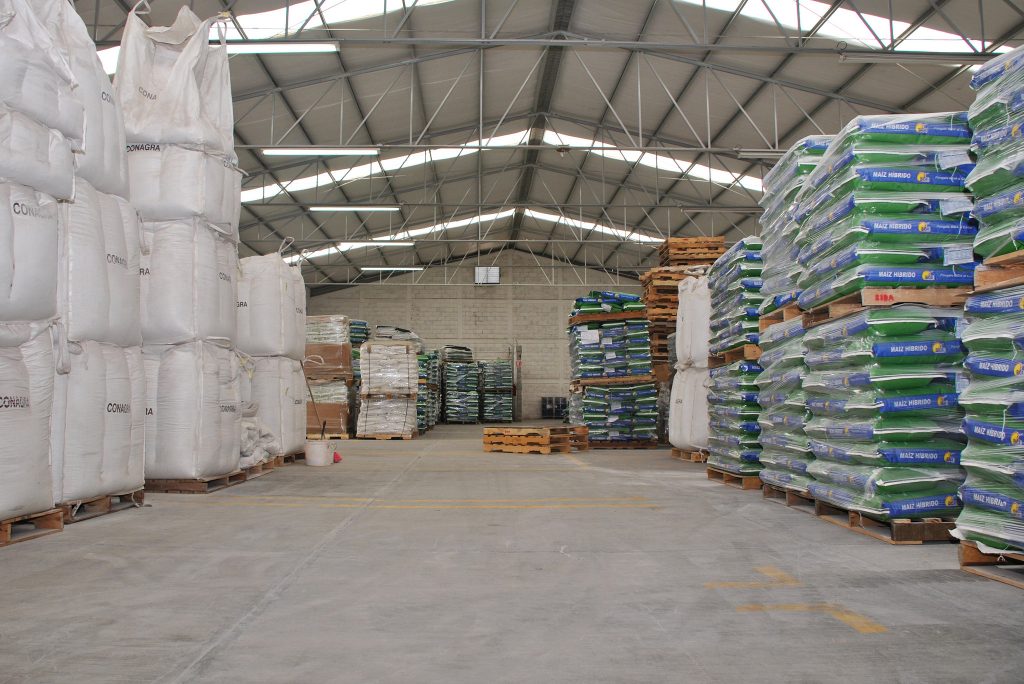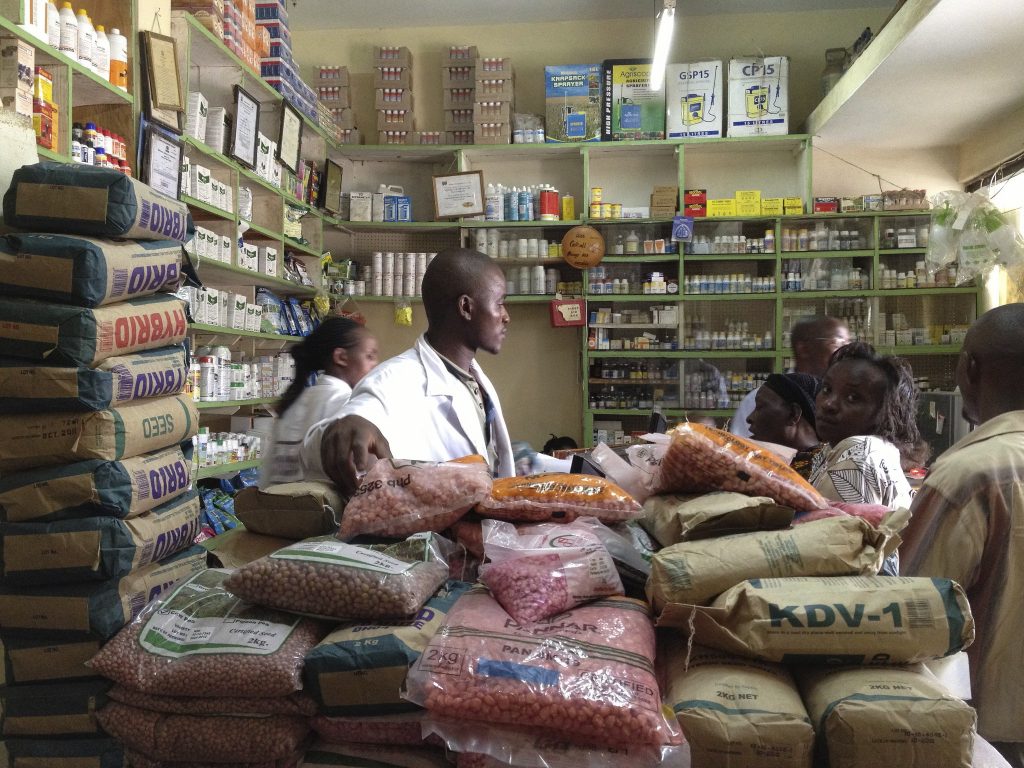SACAU’s Majola Mabuza at COP24: How soil can help meet climate targets
.embed-container { position: relative; padding-bottom: 56.25%; height: 0; overflow: hidden; max-width: 100%; } .embed-container iframe, .embed-container object, .embed-container embed { position: absolute; top: 0; left: 0; width: 100%; height: 100%; }
Majola Mabuza, Program Officer, The Southern African Confederation of Agricultural Unions. (Video: UNFCCC)
KATOWICE, Poland (CIMMYT) — Agricultural scientists attending U.N. COP24 climate talks in Katowice, Poland are discussing a wide range of potential solutions to slow global warming and meet targets laid out in the Paris Agreement on climate change.
The agreement, which has been under intense discussion by negotiators, requires keeping global temperatures in check — to no more than 1.5 degrees Celsius above pre-industrial levels.
Delegates participating in a side event session on agriculture, which produces about a third of global greenhouse gas emissions, discussed the role of soil, presenting scientific evidence of the value of recarbonization. Much of the carbon that was formerly stored in soil, which acts as a carbon sink, has been released into the atmosphere, contributing to global temperature increases.
Majola Mabuza, program officer responsible for policy at the non-profit Southern African Confederation of Agricultural Unions (SACAU), participated in the panel on Monday evening and discussed various risks farmers face and hurdles that need to be overcome.
Mabuza, an agricultural economist, whose research interests span institutional economics of farmers’ organizations, food security and the economics of non-conventional agricultural enterprises, shared some views with CIMMYT about recarbonization.
Q: What is the scale of the role soil plays in climate change?
A: The global carbon pool in soils — at a depth of 2 meters — is three times that of carbon found in the atmosphere. As such, both increases in soil organic carbon and protection against losses from this pool are important strategies for environmental protection. Management practices that raise soil organic carbon have co-benefits such as increased productivity and resilience and can in turn improve food security and sustainable rural development.
Land use changes such as intensification of agriculture or converting grasslands into plow lands often turn them into carbon sources, releasing huge amount of carbon into the atmosphere. The time scales of the source and sink function of soils are fundamentally different: whereas building up belowground carbon stocks takes hundreds or thousands of years, depleting these stocks can be measured in decades or even days, [for example in the case of] forest or grassland fires.
Q: Will soil be the silver bullet to meet food security and climate change goals?
A: Not necessarily a silver bullet. To address climate change and improve food security, a lot is required from various actors. For instance, at this conference, we have learned of food that is produced, but almost a third of it is lost or goes to waste along the chain. Lost or wasted food also contributes to emissions in various forms. So, fixing the issue of soils alone will not win the battle, a lot more issues need to be fixed.
At the production stage, soils have an important role to play in reducing carbon emissions. Soil acts as a sink for carbon, the greenhouse gases that contribute to global warming. Agricultural management approaches such as conservation agriculture and agroforestry simultaneously improve soil carbon, soil fertility and water conservation. More food will be produced on the same land to meet the needs of the growing population.
Q: What will you speak about at the COP24 side event Soils Advantage: Transforming Agriculture by Recarbonizing the Earth’s Soil?
A: Farmers are essentially the managers of land and soils and are by far responsible for whatever happens to the soil. Are farmers, including smallholders, aware of the connection between soil activities and climate change? Do they know the carbon content in their farms? What incentives are there for farmers to build soil organic carbon within their farm plans? What lessons have we learnt with the promotion of such programs as organic farming, conservation agriculture and/or climate-smart agriculture that we can tag along in the drive to transform agriculture by recarbonizing the soil? While some advocate for rewarding better practices or performance on soil carbon in financial markets by attracting higher land values, lower interest rates on loans, or lower insurance premiums, how practical will this be in developing countries where most smallholders do not own the land they produce from?
Q: What is the purpose of recarbonizing?
A: The purpose is essentially to take carbon back to the soil. A lot of human activities, including deforestation, repeated soil tillage — industrial agriculture — and burning of fossil fuels have disrupted the carbon cycle, taking it out of balance. Too much of the carbon that was once in the soil has been released to the atmosphere, hence a lot of it is now in the atmosphere and some in the ocean, but not enough where it once was and where it is more beneficial for sustainable food production and food security — in soil.
Q: How is recarbonization achieved?
A: The most feasible route is to cover the soil with plants and trees, promote organic farming, conservation agriculture, agroforestry, and climate-smart agriculture practices. Plant photosynthesis has the remarkable ability to capture atmospheric CO2, release the oxygen back into the atmosphere, and convert the carbon into sugars, which are used by plants for growth. A considerable proportion of the captured CO2 is released through the plant’s roots to feed soil microorganisms, which in turn assist the plant in acquiring nutrients. Soil microorganisms use this energy to make soil carbon and humus. If left undisturbed, soil humus can lock carbon into place for an average lifetime of hundreds to thousands of years.
Q: Are there efforts underway to do this?
A: Current programs include organic farming, conservation agriculture and climate-smart agriculture.
Q: In terms of wheat and maize, will this have an impact?
A: A great impact. Maize and wheat are the main staples for the poor in Africa and Asia respectively. If we build our soil recarbonizing program around such staple crops.
Q: What is the impact of crop rotations on soil?
A: Crop rotation is an important practice of any sustainable agricultural system. Crop rotation has the following major benefits: It improves soil fertility — as legumes such as groundnuts and beans fix nitrogen in the soil for the benefit of cereals such as maize. Farmers use less chemical fertilizer because legumes in the soil fix the nitrogen naturally. It helps to reduce weeds, diseases and pests by breaking their lifecycles as crops are rotated. It reduces the risk of crop failure in case of drought or disease and improves crop yield.
Soils Advantage: Transforming Agriculture by Recarbonizing the Earth’s Soil was held on Dec. 11, 2018 at 6:30-9:00 p.m. in the Bieszczady side event room in section G at the COP24 venue.
